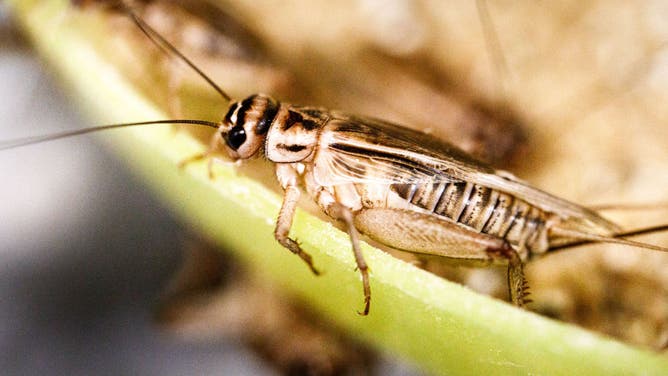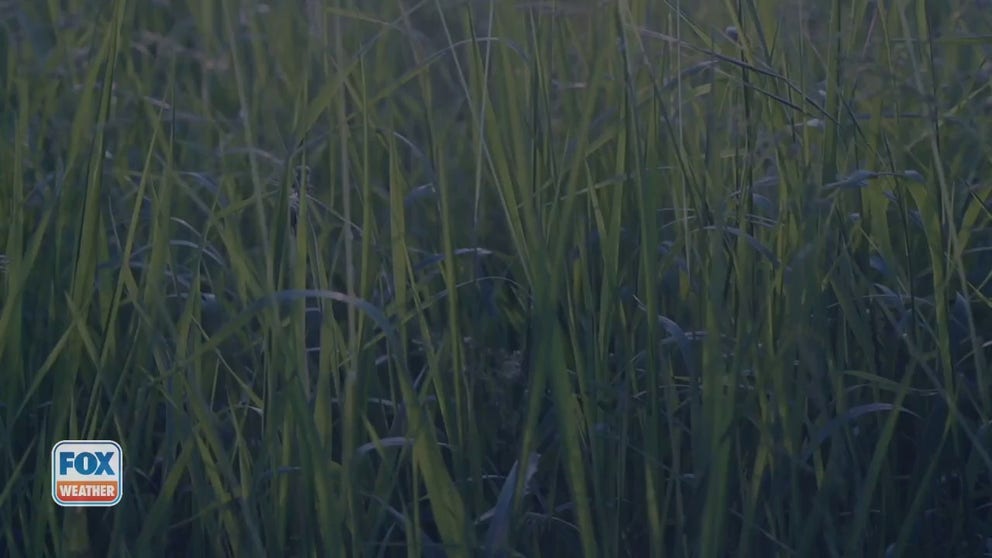Want to know the air temperature? Listen to crickets chirping
Amos Dolbear discovered the relationship between cricket chirping and temperature in the late 1800s. The apparent connection is now known as Dolbear’s law.
Can crickets help determine the air temperature?
The amounts of chirps over 15 seconds can help anyone determine how hot it is outside.
Some people find the chirping of crickets to be irritating, while others mark their arrival as a sign of summer. Did you know that their chorus can be used to determine the air temperature?
The Texas A&M Agrilife Extension Service reported that insects are usually born in the spring and embark on the adult stage of flight and mating about three months later. This timeline of development means the summer months come alive with the sound of music or, to some, an intolerable screech.
Nearly every state in the country can host these insects that prefer temperatures in the 70s and 80s.
Crickets are ectotherms and rely on the heat of their surroundings to perform important body functions related to metabolism and chirping.
GIANT BUG FOUND AT AN ARKANSAS WALMART IDENTIFIED AS A JURASSIC-ERA INSECT
According to NOAA, crickets rub their wings together faster in warmer weather. The sound is used to attract mates.
Amos Dolbear first discovered the relationship between cricket chirping and temperatures in the late 1800s.
The correlation is now known as Dolbear’s law and states that counting the number of chirps per 15 seconds and adding 40 to the count will give you the air temperature in Fahrenheit.
According to the National Weather Service office in El Paso, Texas, crickets aren’t a big issue in West Texas, but their office has come up with an easy-to-use calculator that can determine the air temperature in Fahrenheit, Celsius, Kelvin or even Rankine.
MONARCH BUTTERFLIES ARE NOW LISTED AS ENDANGERED
NOAA noted that some cricket species may produce fewer sounds than others which can impact the calculation of the inexact science of nature.
According to agriculture specialists, crickets’ activity levels vary by climate. Northern latitudes typically see earlier bustle than a state like Texas, where drought and heat don’t usually abate until August or September.

Crickets sit in plastic containers in a climate controlled growth room on the Siikonen family farm in Forssa, Finland, on Tuesday, June 26, 2018. On their 500-year-old homestead in southern Finland, Kirsi and Jouko Siikonen have turned from raising pigs to farming six-legged creatures that could help resolve the worlds looming food crisis.
(Roni Rekomaa/Bloomberg via Getty Images / Getty Images)
